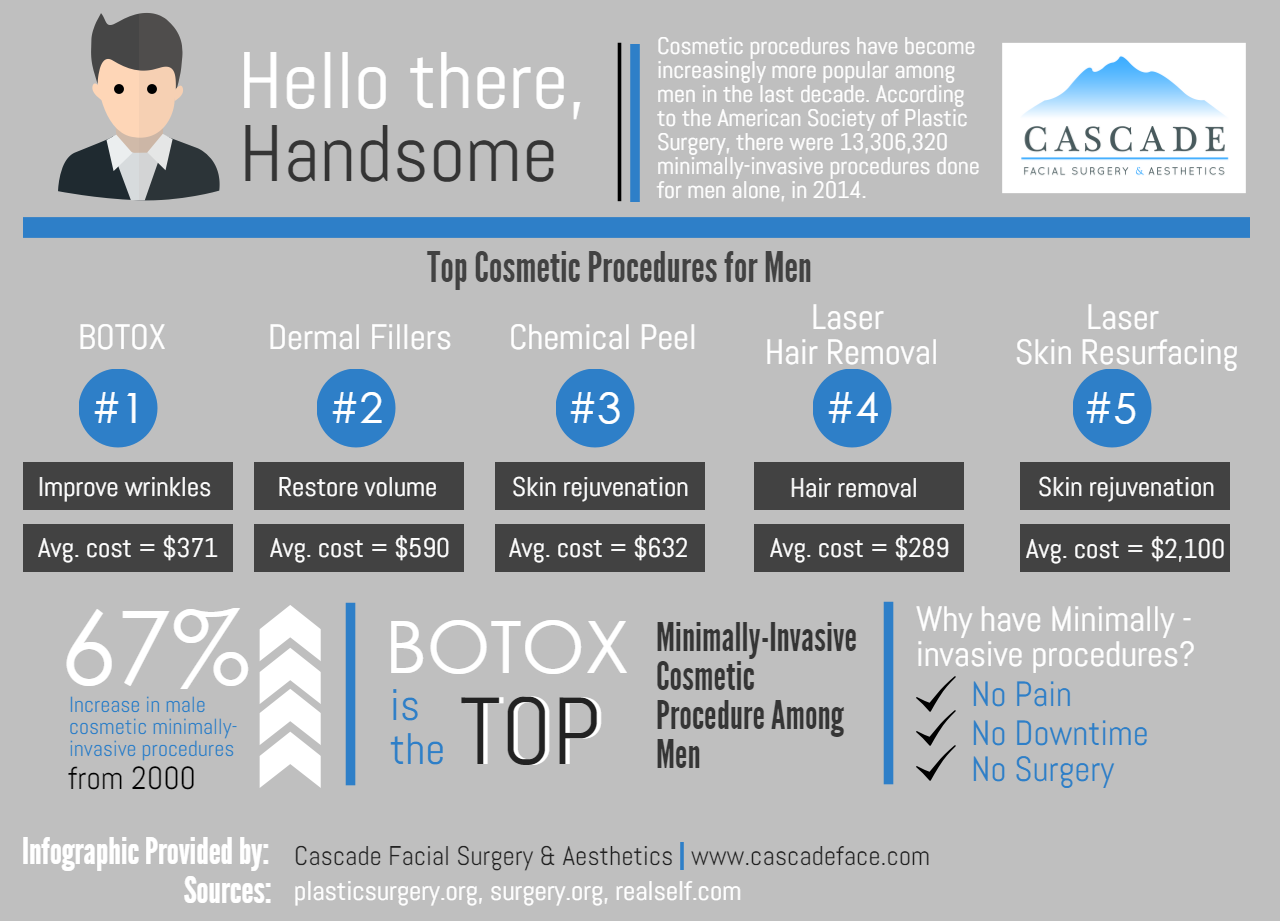Do Makeup Primers Worsen Acne
Do Makeup Primers Worsen Acne
Blog Article
Sources of Acne on Cheeks
Acne outbreaks in the cheek location are set off by many points, from touching your face often to not changing your pillow case commonly enough. Picking at imperfections boosts your risk of infection and scarring, and particular medications can worsen dark places (postinflammatory hyperpigmentation).
Thankfully, there are numerous methods to avoid and deal with cheek acne. These consist of:
1. Hormone Adjustments
Acne is largely caused by hormones, specifically those generated throughout the age of puberty and maternity. For some, a family history of acne might additionally add to their problem. Anything that obstructs pores, such as oil-based skin treatment items or waxy hair products, can trigger acne. Various topical treatments, like benzoyl peroxide and salicylic acid, can fight bacteria and unclog pores. Those with extreme or persistent acne needs to look for treatment from their medical professional.
Stay clear of touching or pressing your acne, as this can press a few of the germs deeper into the skin, resulting in a much more severe breakout. It is additionally vital to transform pillow cases on a regular basis and utilize clean makeup brushes. You should also attempt to avoid irritants such as rubbing from putting on a safety helmet or tight collar.
2. Diet
The greasy, sugary foods that many individuals assume trigger acne might really refrain from doing so. In fact, studies have actually revealed that eating a diet rich in entire, nutrient-dense foods helps to stop outbreaks.
Foods high in the glycemic index (such as white bread, corn flakes, puffed rice and potatoes, doughnuts and other breads) elevate blood glucose levels quickly, and this can raise hormonal agents that increase oil production and bring about acne.
Consuming alcohol cow's milk has also been connected to raised acne breakouts. If you are a regular cow's milk enthusiast, you could wish to try changing to low-fat or nondairy options that are fortified with calcium. In addition, consuming alcohol more water can help to lower acne due to the fact that it assists to maintain the skin hydrated.
3. Excess Oil
While oil is crucial for healthy and balanced skin, it can become a problem when way too much sebum combines with dead skin cells and blocks pores. This mix can produce blackheads, whiteheads and pimples. The obstructed pore wall can break down and spill microorganisms, dead skin cells and sebum right into surrounding skin. This causes a red bump referred to as a pimple. Occasionally these red bumps have pus in the center from a microbial infection. Bigger infected bumps that resemble acne are called cysts.
There are numerous points that can trigger excess sebum and clogged pores, consisting of hormone variations, diet regimen and everyday habits. Some instances include touching the face regularly, resting your hand on your cheek, making use of filthy make-up brushes and not altering pillowcases consistently.
4. Tension
If you're dealing with pain pimples or a multitude of blackheads and whiteheads, it may be time to speak to a dermatologist. They can advise an efficient therapy that fits your skin kind. Practicing leisure and stress-reduction methods additionally assists.
Acne can take place in the cheeks because of rubbing and pressure, such as when an individual touches their face often or puts on a hat or sports helmet that massages against the skin. It can additionally appear where oily cosmetics and lotions scrub versus the skin.
Prevent pressing acne, as this can push contaminated material deeper right into the skin and lead to scarring. Rather, see a doctor to discover preventative treatments like medicine, skin treatment products and way of life changes. Eating a healthy and balanced diet of entire foods, getting seven to 9 hours of sleep and utilizing noncomedogenic make-up and skincare items can all help reduce acne breakouts.
5. Hair Products
Hair items are not generally considered a cause of breakouts, yet they can contribute to acne on the cheeks in some people. Pomade acne, which is identified by small closed comedones and papulopustules, is generally caused by using oily hair items that contain comedogenic components such as particular oils and acetylated lanolin.
Choosing hair items that do not contain these possibly comedogenic active ingredients is botox in a bottle an important step towards minimizing breakouts. Additionally, ensuring that hair products aren't being available in contact with the skin can aid prevent breakouts. As an example, putting on a scarf or bonnet during the night can restrict hair-to-face contact and decrease the likelihood that leave-in hair products will certainly abrade onto the face.
Along with using a non-comedogenic moisturizer and cleaning with an acne face clean, other useful methods consist of: